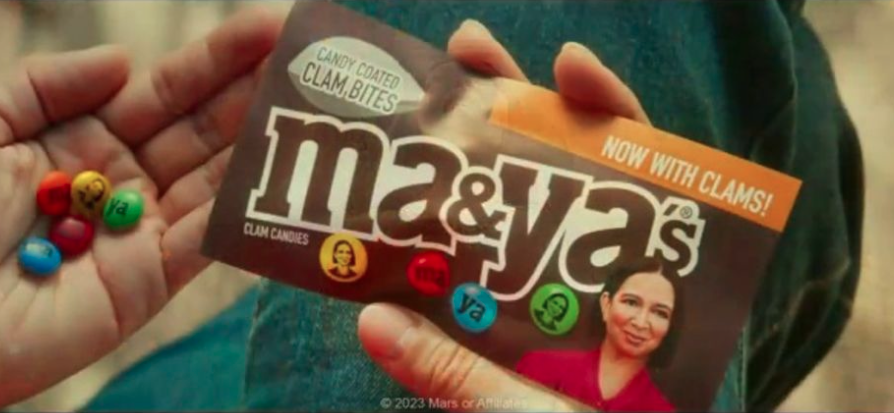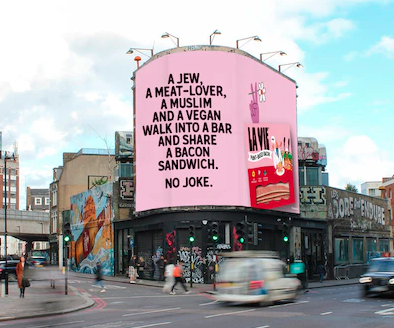Subvertising is a type of advertising that is intended to subvert or criticize mainstream advertising. It involves the alteration or parody of advertisements in order to convey a different message than the original. Subvertising can be used to challenge the dominant ideology, critique consumerism, and expose the manipulative nature of advertising. While subvertising can be seen as a way to challenge the status quo and promote alternative messages, it can also be controversial. Some view it as vandalism or theft of intellectual property, while others see it as a legitimate form of free expression. A spoof billboard tackled brands BMW and Toyota. Some of the backlash included a spoof ad that said “When we test our emissions, the test dummy is you.” BMW obviously didn’t take this lying down.
These aggressive tactics are going to become more and more popular. My take on this is that we are seeing a lot of momentum – in my opinion, it’s not enough, though. It doesn’t really put pressure on these multi-billion dollar companies. We need to see more activism with action behind it. Although, I don’t want to criticise these tactics because it is moving into the right direction.
Check out the article here: https://www.theguardian.com/environment/2023/jan/19/spoof-billboard-ads-take-aim-at-bmw-and-toyota-over-going-green-claims
M&M’s spokes characters were replaced by Maya Rudolph – are we really discussing “woke” candy characters? I think, however, that this is clever, because it gets people remembering the brand. https://www.ispot.tv/ad/1VwZ/m-and-ms-super-bowl-2023-ma-and-yas-candy-coated-clam-bites-featuring-maya-rudolph

#CanIChange? Every new year, Google reveals the top searches for the previous year. In 2022, people mostly googled how they could change themselves. This is also the theme of my latest book The Hero Trap and the methodology and belief in how brands and leaders should behave. What if brands and leaders in fact can help us unveil that better version of ourselves? Traditionally advertising and marketing has nudged our darker sides: status, greed, vanity. Getting us to believe that if we buy that 100 bucks beauty cream we’ll look like actress Gwyneth Paltrow. Or we’re only a real man if we’re behind that steering wheel of a BMW. But what if, brands could actually appeal to bringing out the best in us? – this ad was featured in our conversation and it’s one I really like.
TBWA Tokyo won favour in this podcast with their innovative “shellmets” – which is a great example of bio-mimicry. I love when you push what advertising can do and be and this is such an innovative approach. Supply chains are under pressure and see resource prices going up – this is a circular approach, not to mention it’s super cool design. Let’s hope it’s not just a stunt! Something to keep our eyes on.
The next one we looked at was a brilliant example of copywriting – this topic is so contentious, but I really enjoyed how La Vie foods cleverly integrated it into something so relatable and fun and important!
https://www.thedrum.com/news/2023/01/17/vegan-brand-la-vie-unites-religions-ooh-campaign

There are many brands we discuss in this episode, and I loved the difference between them all! Check out the full thing right here:
https://marketersbrief.libsyn.com/purpose-marketing-hits-and-misses

